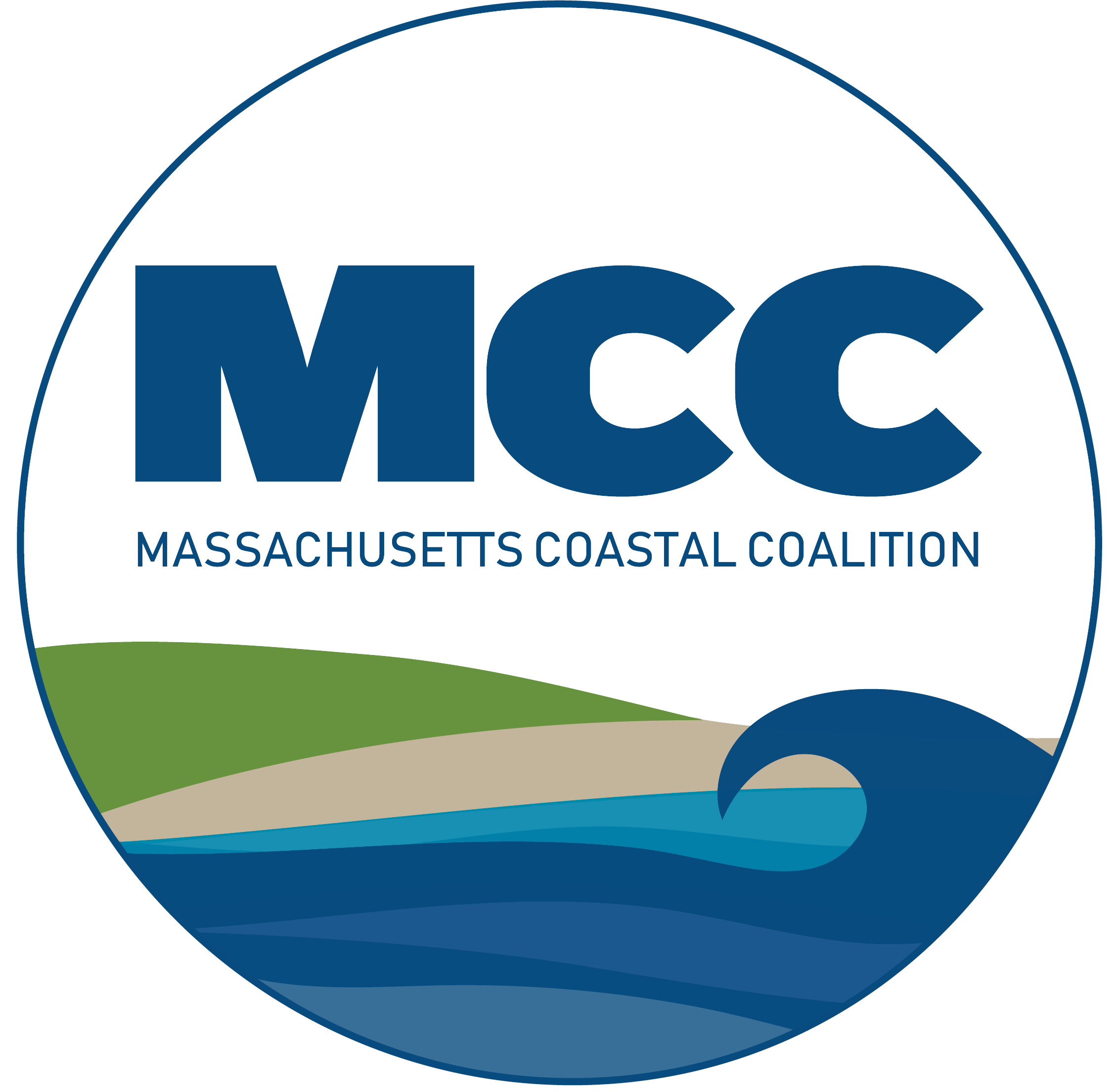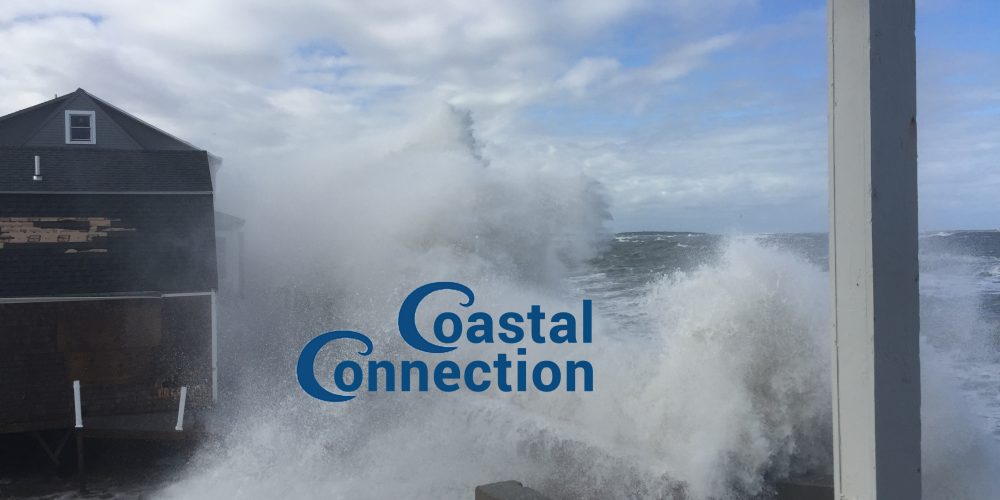In August, FEMA released rates for the highly anticipated National Flood Insurance Program (NFIP) rating redesign Risk Rating 2.0, also called “Equity in Action”. Equity in Action’s more nuanced approach will no longer be based on flood zones or base flood elevation and instead employ a “graduated” rating system, evaluating factors such as distance to water, types of flood exposure, replacement cost, and other advanced elements. As FEMA launches the new rates, the highly anticipated roll-out pulls back the curtain on Equity In Action’s real world implications. For insureds, the new pricing methodology will result in premium increases for some, while others will see their premiums decrease. Considering the wide range of impacts resulting from the rating methodology change, FEMA, floodplain managers, agents and politicians must deliver clear and carefully crafted messaging to stakeholders so that Equity In Action’s promise of equity and fairness can be realized for everyone.
In a recent sample of about fifty residential locations in New England, the average premium decrease under Equity In Action was about 28% against the “legacy” premiums, equaling about $887. These decreases take place immediately for the insured. Premium gainers saw an average increase of 47% over their legacy rates, or about $1,851. Increases are phased in over time. The Equity In Action messaging campaign needs to broadly educate policyholders and stakeholders alike, not just those whose premiums will increase. While few would complain about a lower policy cost, neighbors will inevitably compare notes. A property owner might ask a community official why a premium is going up (or down) for a certain building or type of building. Coordinated messaging around premium changes will educate insureds on the science-based pricing methodology used for the first time to determine their property’s unique and true flood risk.
Notably, Equity In Action provides a significant cost benefit to those looking to purchase NFIP flood insurance by eliminating the need to obtain an elevation certificate to get a quote. Instead, FEMA will use its tools and available data to estimate a property’s elevation which, along with other property characteristics, will be used to calculate risk. Though no longer required, an elevation certificate can still be a valuable tool to lower a premium if it shows a property’s elevation to be higher than FEMA’s estimate. In fact, the estimated elevations determined by FEMA in the New England study were on average nearly 2 feet different from the certified elevations on the elevation certificates. Though the impact of elevation on the premium amount varies widely, the message surrounding elevation certificates should be simple: You no longer need an elevation certificate, but it may be the first step to lowering a premium.
Community floodplain managers face the complex task of distilling the wide-ranging changes brought by Equity In Action down to a manageable set of talking points. Floodplain managers must learn and communicate the relative effectiveness of traditional and new premium reducing mitigation strategies. For structures experiencing premium increases, elevation certificates alone could help mitigate pricing. Elevating utilities is now a risk and premium reduction activity, new under Equity In Action. Adding flood vents to enclosures still offers premium relief, albeit not as significant as in the legacy rating methodology. But in the new rating methodology, the greatest opportunity for premium reduction is with home elevation. Having a majority of the premium reduction credits in building elevation gives floodplain managers more fuel to advocate for this mitigation strategy. Additionally, there is an opportunity for floodplain managers and others to discuss private flood insurance options, which may offer premium relief. This has the unintended consequence of increasing the vernacular for all stakeholders around flood insurance options, both private and NFIP.
With any sweeping industry change, there is risk that the intended benefits get lost in the noise of regulatory details and competing voices. At its core, Risk Rating 2.0, Equity In Action represents a giant leap forward in understanding flood risk and brining the NFIP into the 21st century. Challenges exist, but the messages we convey about changes to the NFIP will create the narrative of insuring the future. The more thought that goes into telling the story of Risk Rating 2.0, the more likely Equity in Action will be perceived in a positive light, allowing us to further bridge the flood insurance coverage gap.

